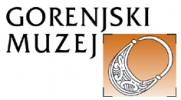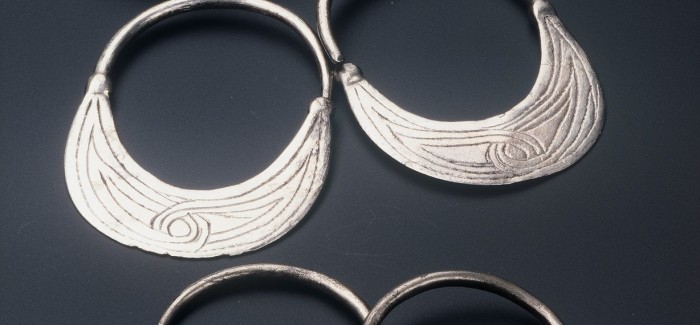Exhibition opening Slavs, what Slavs?
We kindly invited you for the exhibition opening Slavs, what Slavs? on Thursday 29th of September 2016 at 7. pm in Town Hall, Main Square 4, Kranj.
What prompted the migration of people at the fall of the Roman Empire? The internal crisis of
the Empire, moral depravity, poorly protected borders? The prospect of rich spoils in Rome? Perhaps
weather changes could be to blame, or the loss of fertile land and great hunger in the East?
Or perhaps it was only a case of seeking a better life?
A reliable answer is not known, however, there are a many pieces of historical and archaeological
evidence about the wave of migration in the second half of the first millennium, when the Slavs settled
on our soil. One of the most important archaeological finds of that area is Kranj with its thousands
of graves, discovered around the parish church and in the immediate vicinity of the town.
The earliest group of Slavic people arrived on our soil around 1400 years ago, together with the
Avars. They united in joint military campaigns. They had similar clothing and weapons. Their
simple dwellings, dug into the earth, were also the same. But they differed in their religion, traditions and language. Whilst the Avars disappeared into history without a trace, the Slavic people spread from the East to the heart of Europe. Today Slavic languages are spoken in modern Europe by more than 260 million people.
Archaeological finds from Kranj show the mix of populations and the fusion of cultures between
Slavic immigrants and Romanised natives. From the 9th century onwards, the differences
between Kranj and the surrounding villages disappeared. This set in motion what is today called
Slovenian culture and language, our most precious heritage.
WELCOMED


